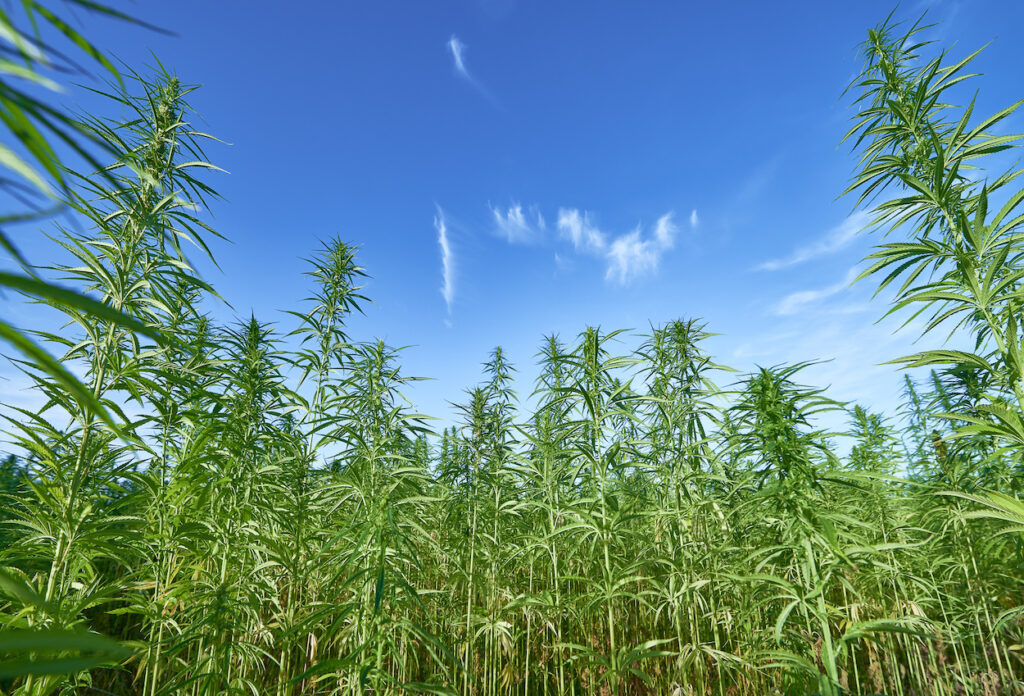
Hemp Marijuana Facts
Why Hemp instead of wood-based paper?
There are no positive effects in the future for the planet if we continue to use chemicals such as those needed to make wood-based paper. We have known that dioxin and the rest of the nasty chemicals that are used for this process will harm both people and wildlife, but there are also agricultural concerns that should persuade us to consider using hemp instead. One instance where we can already see damage is the minerals that are taken from the ground when trees are uprooted. When hemp plants are pulled, minerals are left behind for the ground to end up in better shape. Someone once made a comment about a squirrel being able to go from New England all the way to the Mississippi River’s banks without ever having to put its foot on the ground during the entire trip, but that is no longer the case. When settlers moved to the United States from Europe, this was no longer an option.
The United States Department of Agriculture (USDA) has been concerned with the supply of trees since the origination of wood-based paper becoming a high-profile industry. Hemp plants would easily be able to replace the wood required for paper without damaging soil or the current forests we have in the US. Some people say that forests are on the increase, but this is simply inaccurate. If these statistics were able to accurately depict what the real world looked like, we would not need hemp plants for this purpose. It takes decades for all of the natural cycles to return to a forest after it has been chopped down, and let’s face it, tree farms are just not a forest no matter how you “cut” it. The USDA has looked into alternatives, like kenaf, but no other plant had the same type of survivability that a hemp plant does. In just three months, hemp plants can grow more plant matter than nearly any other plant on the planet.
In 1916, the USDA calculated that just one acre growing hemp could replace the growth of forest from four acres. Plus this single acre of hemp would be able to produce rope and other textiles while improving soil quality. A mere 4% of the old-growth forests that America used to have are still standing today, and even that is in danger from new roads and the logging industry. We all just have to hope that the people in charge figure out how simple of a fix hemp could be before it’s too late.

